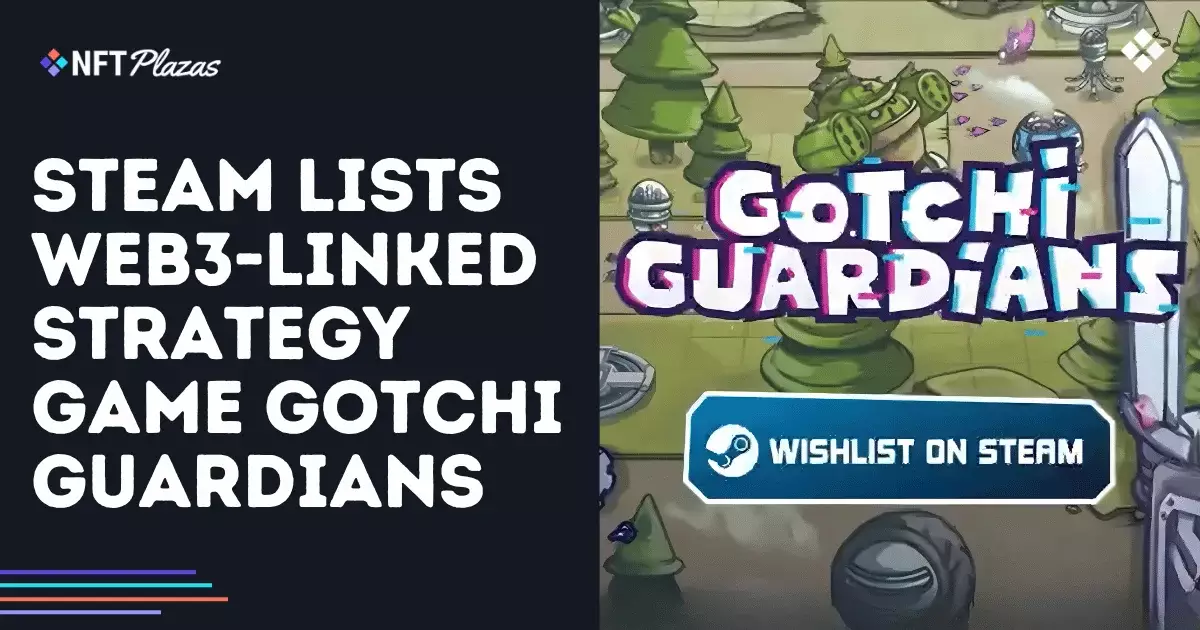At first glance, the integration of blockchain technology into mainstream gaming appears to be an exciting frontier—promising transparency, ownership, and new economic models. Titles like Gotchi Guardians, developed by Pixelcraft Studios, epitomize this trend by blending traditional gameplay with NFT-based cosmetic items and crypto payments. Yet, beneath this shiny veneer lies an unsettling reality: the technology’s promises often clash with practicality and player experience. Instead of truly transforming gaming for the better, many such ventures seem more like marketing gimmicks aimed at capitalizing on the NFT hype than genuine innovations. The fact that Gotchi Guardians can be played fully without blockchain elements underscores that these features are mainly superficial add-ons, deployed more for marketing than for meaningful gameplay enhancement.
The False Hope of True Ownership
One of the central claims of integrating NFTs in gaming is player ownership. In theory, owning an NFT cosmetic should grant players genuine control over their assets—trade, sell, or keep them outside the game environment. However, reality is much more complex and restrictive. In the case of Gotchi Guardians, ownership of NFT skins is largely a “daydream,” because these items are tied to blockchain platforms that are often opaque, volatile, and susceptible to restrictive terms. Moreover, the actual utility of these NFTs in gameplay is minimal—they are purely cosmetic, and their value is primarily speculative. This creates a false sense of ownership, encouraging players to invest heavily in items that can easily depreciate or become inaccessible due to platform policies or technical failures.
The Economic Bubble and Speculative Risks
The integration of crypto tokens like $GHST for in-game purchases and transactions further complicates the narrative. While Pixelcraft Studios claims these transactions are optional and don’t confer gameplay advantages, the underlying economic system is undeniably intertwined with volatile digital assets. Such systems often create an environment driven by speculation, where the primary motivation becomes flipping NFTs or tokens for profit rather than enjoying the game itself. This undermines the fundamental purpose of gaming as entertainment, shifting it instead toward financialization—an inherently risky gamble. The reliance on crypto markets introduces a layer of financial uncertainty that can alienate players who are not interested in or knowledgeable about blockchain investment, turning what should be a leisure activity into a high-stakes gamble.
Gamification or Gimmick? An Uncertain Future
What’s most troubling about titles like Gotchi Guardians is how blockchain elements are being shoehorned into gameplay mechanics essentially unchanged. The core mechanics—tower defense and roguelite elements—remain traditional, with blockchain features serving as superficial layers. This approach risks diluting the quality of gameplay, as developers divert resources toward maintaining blockchain integrations rather than refining core mechanics. Furthermore, the long-term viability of these blockchain-based features remains questionable. Will they endure market fluctuations, platform changes, or regulatory crackdowns? The answer is uncertain, and this fragility introduces a significant risk for players and investors alike. As Pixelcraft Studios’ roadmap suggests ongoing updates, one must wonder whether these efforts are geared toward creating a sustainable gaming experience or merely prolonging a speculative bubble that may burst at any moment.
The Marginal Role of Blockchain in True Gaming Enjoyment
Perhaps the most critical flaw in NFT gaming lies in the misconception that blockchain inherently enhances the gaming experience. In reality, for most players, the primary joy of gaming comes from immersive worlds, meaningful progression, and social camaraderie. Blockchain features often distract from these core elements, adding layers of complexity and risk without delivering substantial benefits. The option to use Aavegotchi NFTs as cosmetic overlays or purchase items with crypto tokens is a superficial feature that does little to improve gameplay quality; instead, it caters to a niche market of crypto enthusiasts and speculative investors. For the broader gaming community, these features are more of a distraction than an enhancement, illustrating how the industry’s current obsession with blockchain is more about trend-chasing than genuine innovation.
The Reality: A Cautionary Tale
As the industry pushes forward with blockchain ambitions, it’s essential to remain skeptical. The case of Gotchi Guardians exemplifies how these technologies are often adopted not because they serve players’ interests, but because they offer new revenue streams and marketing opportunities. The player experience remains secondary in many cases—they are invited to participate in an economic ecosystem layered with risks and uncertainties. While some may be enticed by the novelty, the broader implications point to a future where gaming’s core values could be compromised by financialization and superficial innovations. Until blockchain can genuinely demonstrate its ability to enrich, rather than complicate or undermine, the gaming experience, its role should be approached with caution—lest we trade entertainment for perilous speculative ventures.
















Leave a Reply